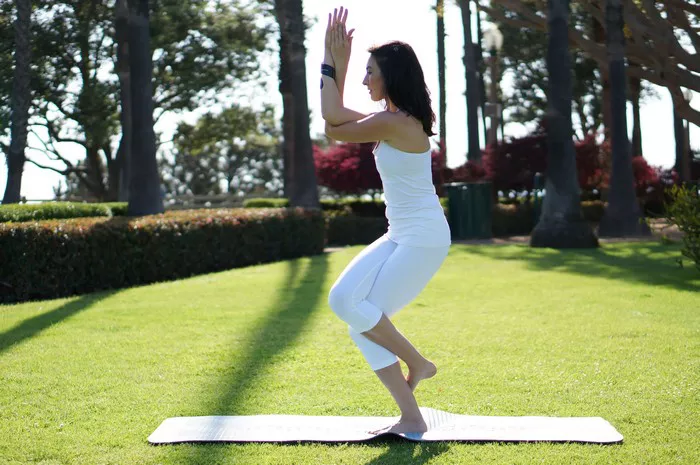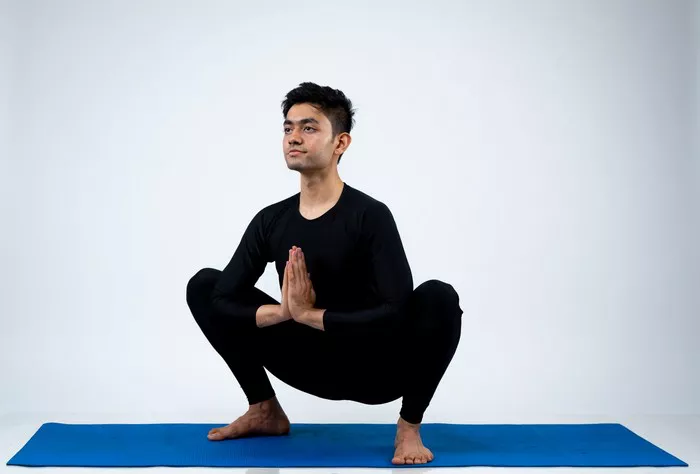Kriya Yoga, a term widely recognized in the world of yoga, holds a unique place in the rich tradition of yogic practices. Rooted in ancient spiritual wisdom, Kriya Yoga is often referred to as the path of “energy control” or “the science of breath.” It is an advanced spiritual discipline that is distinct for its systematic techniques designed to accelerate spiritual growth and self-realization. But where did Kriya Yoga originate? Understanding its origin not only gives insight into its transformative potential but also connects modern practitioners to the deep wellspring of knowledge from which it emerged. In this article, we will explore the history, origins, and evolution of Kriya Yoga, its roots in ancient India, and its resurgence in the modern age.
The Ancient Foundations of Kriya Yoga
To understand where Kriya Yoga originated, we must first turn to the roots of yoga itself. Yoga, as a practice and philosophy, has its origins in ancient India, with references to yogic practices found in texts as early as the Vedic period (approximately 1500-500 BCE). The Vedas, particularly the Rigveda, contain references to meditation, ascetic practices, and the control of breath—core elements of what would later form the basis for Kriya Yoga.
Kriya Yoga, however, is most directly associated with the teachings of the great yogi Patanjali and his seminal work, the Yoga Sutras. Patanjali, a sage who is believed to have lived around the 2nd century BCE, codified the practice of yoga into an eight-limbed system known as the Ashtanga Yoga. While the Ashtanga Yoga system focuses on ethical precepts, physical postures, breath control, concentration, and meditation, Kriya Yoga is particularly concerned with the management of prana (life energy) through the control of breath, leading to heightened states of awareness and spiritual awakening.
The Concept of Kriya in Ancient Yoga
The term “Kriya” itself comes from the Sanskrit root “Kri,” which means “action” or “effort.” It refers to a set of techniques or practices that involve active, conscious effort to purify the body, mind, and spirit. The idea of Kriya Yoga, then, is the union of the physical, mental, and spiritual aspects of the self through specific actions, particularly the control of breath, meditation, and visualization.
While Kriya Yoga as we know it today is associated with advanced spiritual practices, its foundational principles were present in earlier traditions. Ancient yogis recognized the importance of prana, the vital life force, which they believed could be controlled and directed through specific breathing techniques. These techniques, known as Pranayama, were developed to harness the energy of the breath to purify the body, calm the mind, and expand consciousness.
The Evolution of Kriya Yoga Through History
Though the roots of Kriya Yoga are found in early yogic texts, it was during the medieval period of Indian history that the practice began to take more defined shape. The key figure in this evolution was Swami Krishna, who, according to some accounts, brought together the various elements of yoga and meditation into a more systematic approach that could be taught to students.
However, the real turning point for Kriya Yoga came with the figure of Mahavatar Babaji, a legendary yogi who is said to have reintroduced the practice to the modern world in the 19th century. Babaji is often described as a timeless, immortal being, who is credited with reviving the ancient teachings of Kriya Yoga and making them accessible to the wider public. His teachings were transmitted through the great yogi, Lahiri Mahasaya, who played a pivotal role in bringing Kriya Yoga to the masses.
The Role of Lahiri Mahasaya
Lahiri Mahasaya (1828–1895), a revered spiritual teacher in India, is widely regarded as the modern-day revivalist of Kriya Yoga. Lahiri Mahasaya was a direct disciple of Mahavatar Babaji and is believed to have received the Kriya Yoga teachings from him in an extraordinary, divine experience. With the encouragement of Babaji, Lahiri Mahasaya began to teach Kriya Yoga to his students in the mid-1800s, making the once-secret practices widely available to those seeking spiritual growth.
Lahiri Mahasaya’s teachings emphasized the practical application of Kriya Yoga as a path to self-realization, focusing on the importance of self-discipline, meditation, and breath control. His students, many of whom were laypeople, were able to practice the techniques in their daily lives, integrating the spiritual practices with their work, family, and societal roles. This accessibility and practicality of Kriya Yoga made it a powerful tool for personal transformation and spiritual evolution.
The Global Spread of Kriya Yoga
While Lahiri Mahasaya made Kriya Yoga more accessible within India, the true global spread of Kriya Yoga can be attributed to one of his most prominent disciples, Swami Sri Yukteswar Giri. Sri Yukteswar, an enlightened teacher, played a critical role in further refining and popularizing the teachings of Kriya Yoga. He also became the spiritual mentor of Paramahansa Yogananda, another key figure in the history of Kriya Yoga.
Paramahansa Yogananda (1893–1952), a renowned yogi and spiritual teacher, is often credited with bringing Kriya Yoga to the West and sharing it with the world. Yogananda’s best-known work, Autobiography of a Yogi, has become a spiritual classic and has inspired millions worldwide to seek a deeper understanding of the teachings of yoga and Kriya Yoga.
In his lectures and writings, Yogananda emphasized the importance of Kriya Yoga as a direct path to experiencing the divine presence within. He outlined how the systematic techniques of Kriya Yoga could help individuals transcend the limitations of the physical world and attain higher states of consciousness. His teachings drew not only from the ancient yogic texts but also from his personal experiences and the spiritual wisdom of his Indian masters.
Yogananda founded the Self-Realization Fellowship (SRF) in 1920, which helped to spread the practice of Kriya Yoga across the United States and globally. Through his tireless work and the dedicated efforts of his disciples, Kriya Yoga became increasingly known and practiced around the world.
The Modern-Day Practice of Kriya Yoga
In the 21st century, Kriya Yoga continues to attract practitioners from all walks of life. It has evolved into a widespread and well-respected spiritual discipline, with many organizations and teachers offering training in its practices. The teachings of Yogananda, along with those of other modern masters, continue to inspire a global community of Kriya Yoga practitioners.
The practice of Kriya Yoga today includes a variety of techniques, most of which are centered around breath control and meditation. The primary technique, known as Kriya Pranayama, involves controlled breathing exercises designed to increase the flow of prana within the body and quiet the mind. By mastering these techniques, practitioners aim to cultivate greater awareness, inner peace, and spiritual insight. It is considered a highly effective practice for accelerating spiritual evolution and for experiencing direct contact with the divine.
Many modern yoga schools, spiritual organizations, and online platforms now offer instruction in Kriya Yoga, making it accessible to a global audience. While the techniques are traditionally passed down from teacher to student in a direct lineage, contemporary practitioners can also learn Kriya Yoga through online courses, books, and videos.
Conclusion
Kriya Yoga, a profound and transformative spiritual practice, has its origins in the ancient yogic tradition of India. From the Vedic period to the teachings of Patanjali and the medieval evolution of yoga, the practice of Kriya Yoga has been shaped and refined by sages and yogis over millennia. It is a path of self-realization, characterized by the mastery of breath, energy control, and meditation.
The modern revival and global spread of Kriya Yoga can be attributed to the efforts of Mahavatar Babaji, Lahiri Mahasaya, Sri Yukteswar, and Paramahansa Yogananda, whose teachings have inspired millions around the world. Today, Kriya Yoga continues to be a powerful tool for spiritual growth, offering individuals the opportunity to connect with their higher self and experience a deeper sense of inner peace and fulfillment.
Whether you are a long-time practitioner or someone just beginning to explore the world of yoga, understanding the origins and evolution of Kriya Yoga provides a greater appreciation of its profound impact on the lives of those who seek a higher state of consciousness and self-realization.
Related Topics:

















